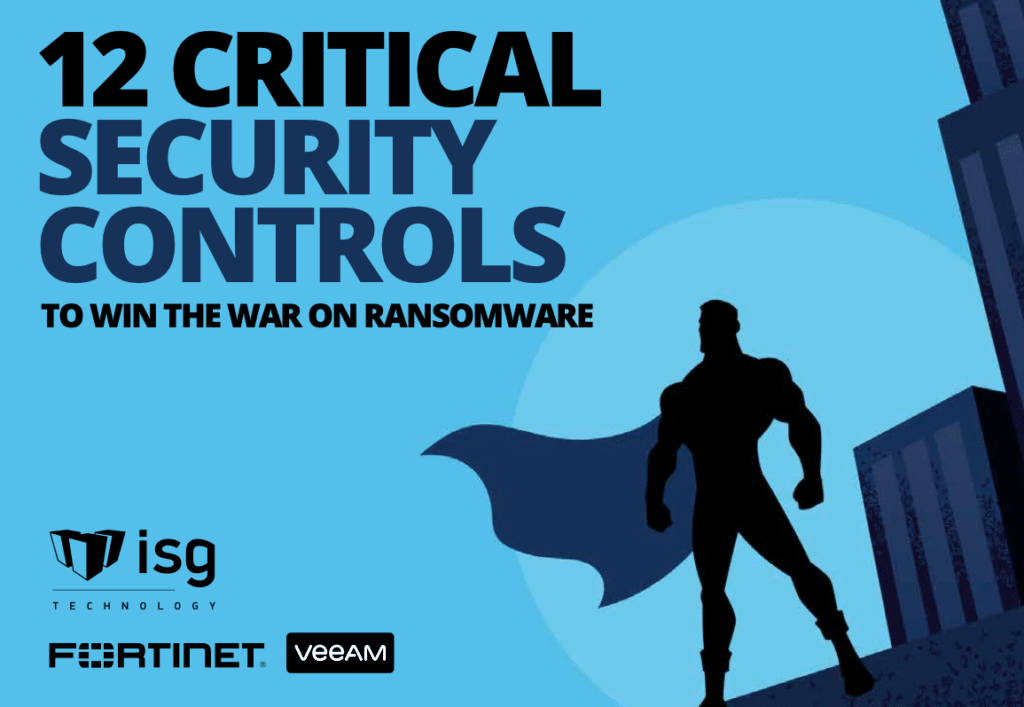Security Awareness Training & Simulated Phishing
Your employees will always be your biggest asset. But when it comes to cyber security, they are unfortunately also your biggest liability. The only thing standing between cyber criminals and your sensitive data is a single click. And with over 3.4 billion phishing emails sent daily, it’s critical that you have security awareness training in place. Here are some best security practices all companies should be utilizing:
Use a Modern Software Solution
Security awareness training programs require a modern software solution.These tools offer a plethora of features essential for robust cybersecurity, including:
- Simulated phishing attacks
- Personalized training modules
- Detailed analytics and performance tracking
- Real-time content & adaptability to evolving threats
Additionally, most of these solutions have very user-friendly interfaces to simplify program management.
Phishing Simulations
Simulated phishing attacks provide a hands-on experience for employees to recognize and respond to phishing attempts. Ensure that these simulations closely mimic real threats so that you can keep employees on their toes and offer practical learning opportunities.
This also helps identify who in your organization is most likely to be deceived by phishing attempts, which allows you to offer customized training for these individuals.
Customized Training
Customizing training materials to the specific needs of the organization is essential. Generic content might not resonate with employees as effectively as content that addresses the industry, company, or role-specific risks. Users who click on simulated phishing attacks should be required to take additional training to address the specific way in which they were tricked into clicking.
Continuous Learning and Engagement
Best-in-class programs adopt a progressive training methodology that works up from foundational topics to the more complex. This prevents information overload and encourages engagement. Additionally, these programs increase engagement by using features that gamify security awareness with leaderboards, quizzes, rewards, recognition, and more.
Governance and Leadership
No matter how engaging the content, your program will fall short of its objectives if you don’t have governance of the program and leadership buy-in. What this means is that training should be mandatory. If employees ignore training, there should be consequences that make an impact, supported by the leadership of the company.
Data-Driven Improvement & Compliance
The software you utilize for your program should be data-driven so you can establish KPIs and benchmark your progress over time. Some software solutions also have industry-specific metrics to compare how you are doing compared to similar companies.
The Human Firewall Effect
Ultimately, the goal is to cultivate a “Culture of Security” that allows users to take action. When a phishing email is spotted, users can report it and eliminate the threat from inboxes across the entire organization with the click of a button. We call this the Human Firewall Effect.
By embracing these best practices, you can turn your biggest cyber liability (your employees) into an incredible asset in the war on ransomware.
Read On
If you’re interested in learning more about the controls needed to secure cyber insurance, be sure to check back tomorrow at 9 AM CST for our segment on Endpoint Detection & Response (EDR).

